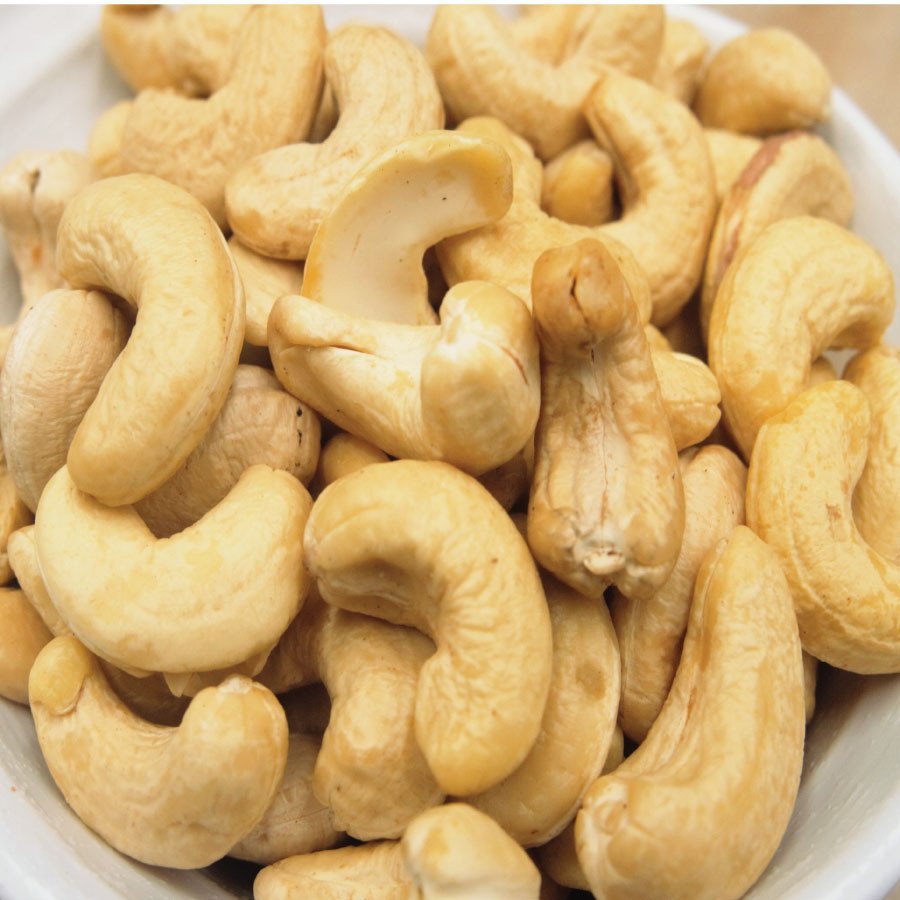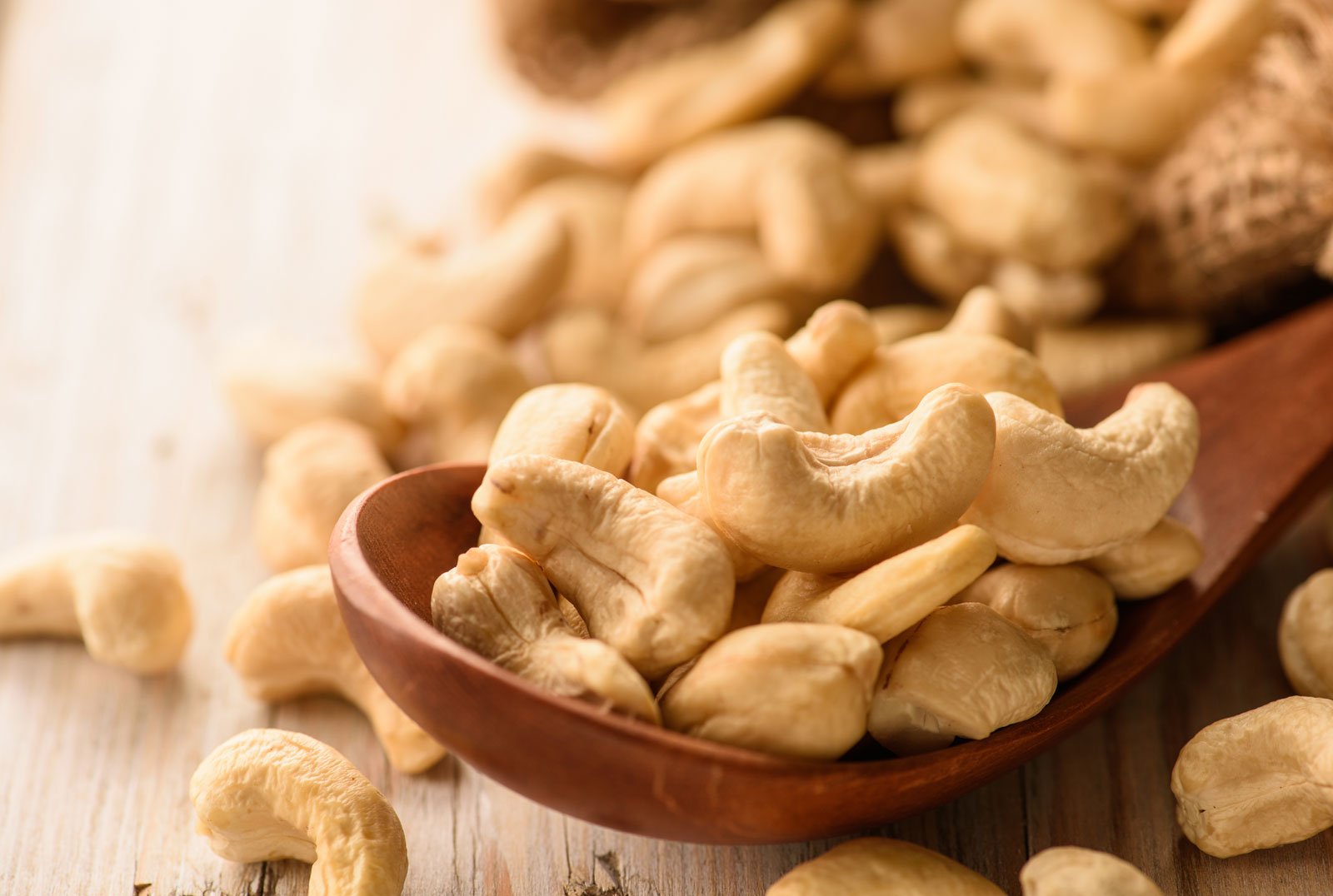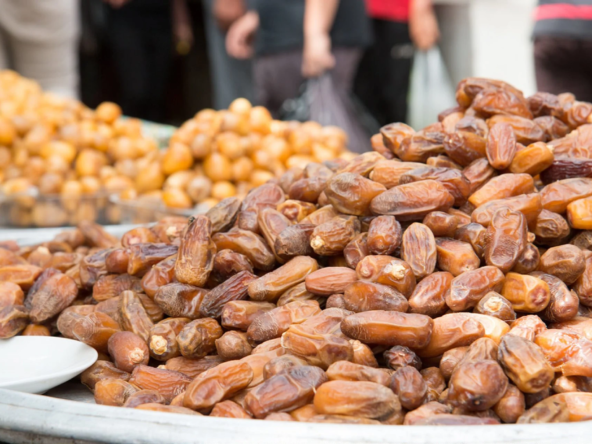Cashew nuts, known scientifically as Anacardium occidentale, are among the most consumed and beloved nuts globally due to their distinct flavor and remarkable health benefits. This article delves into the fascinating origin of cashew nuts, their spread around the world, and the different varieties that exist today.
Historical Origins
The cashew tree and its nuts have an intriguing origin rooted in northeastern Brazil. Historical records suggest that the indigenous Tupi people were among the first to cultivate and recognize the utility of the cashew tree before the arrival of European colonizers in the 16th century. The Portuguese explorers, fascinated by the cashew fruit’s unique characteristics, introduced the plant to other tropical regions including India and some African countries during their voyages in the 16th century.
In India, the cashew took on significant economic and cultural importance, flourishing along the western and eastern coasts. By the 20th century, cashew cultivation had spread to other Asian and African countries, transforming into a major cash crop. Today, countries like Vietnam, Nigeria, India, and Ivory Coast are leading producers of cashew nuts, contributing significantly to the global market.
Botanical Characteristics
The cashew tree is a perennial evergreen that can grow up to 12 meters in height. The tree thrives in tropical climates and is resistant to drought, which explains its success in various regions around the globe. The cashew nut itself is actually the seed that adheres to the bottom of the cashew apple, an accessory fruit. This fruit is both edible and highly nutritious, but it’s the nut that is commercially valuable and widely consumed.
One of the unique aspects of cashew nut production is the processing stage, primarily because the nut is encased in a shell containing anacardic acid, a skin irritant similar to the toxin found in poison ivy. Safe extraction of the nut requires roasting, which neutralizes the acid, making it safe for consumption.
Varieties of Cashew Nuts
While the cashew tree itself has not been diversified into many species, there are several cultivars based on size, shape, and yield. The primary differentiation in varieties comes from the characteristics of the nuts produced, including their size and kernel quality. Some of the well-known cultivars include:
- BPP 1 – Originating in Brazil, this variety is noted for its high yield and large nuts.
- K 30 – Found in India, these trees produce nuts that are highly valued for their bold kernels and excellent processing qualities.
- JH 7 – A variety from India known for its high yield and good quality nuts.
- VRI 3 – Developed in Vietnam, these trees are resistant to certain diseases and produce nuts with a high kernel recovery rate.
The quality and economic value of cashew nuts are often determined by the color, shape, and size of the kernel. The grading system generally classifies kernels into white wholes, scorched wholes, and pieces, with white wholes being the highest quality due to their bright color and minimal damage.

Cultivation Practices
Cashew cultivation requires attention to several critical factors to ensure a good yield. The trees prefer sandy soils and need a minimum of rainfall and specific temperature ranges to thrive. Pests and diseases, such as the cashew nut borer and powdery mildew, can significantly affect yield, making effective management and cultivation practices essential.
The harvest period for cashew nuts depends on the geographical and climatic conditions. In most growing regions, the nuts are ready for harvesting at the end of the dry season, when the cashew apples turn pink or red, indicating maturity.
Economic Impact
The global cashew market is a significant component of the agricultural economies of many developing countries. The demand for cashews continues to grow, fueled by their nutritional benefits and versatility in culinary uses. Cashews are not only consumed as snacks but also used in cooking and as an ingredient in vegan diets to substitute dairy products.
Conclusion
The journey of the cashew nut from a native Brazilian crop to a globally cherished food item is a testament to its versatility and enduring appeal. Through selective breeding and careful cultivation, various varieties of cashew have been developed to optimize both the quality of the nuts and the efficiency of production. As the market for cashews grows, further research and development in cultivation practices and pest resistance will likely continue, ensuring that cashew nuts remain a valuable and sustainable crop for many years to come.
Ajigofarms is a reliable global agricultural purchase sourcing with profound expertise in the manufacturing, and exportation of food crops. We are tested, and trusted suppliers of all kinds of cash crops and food crops. Our constant supply chain solution makes exporting easy, quick, and safe, we are identified with timeliness and meeting up with deadlines. Regardless of the region you are located in worldwide, you can reliably order your Agric products and be rest assured of successful delivery.




